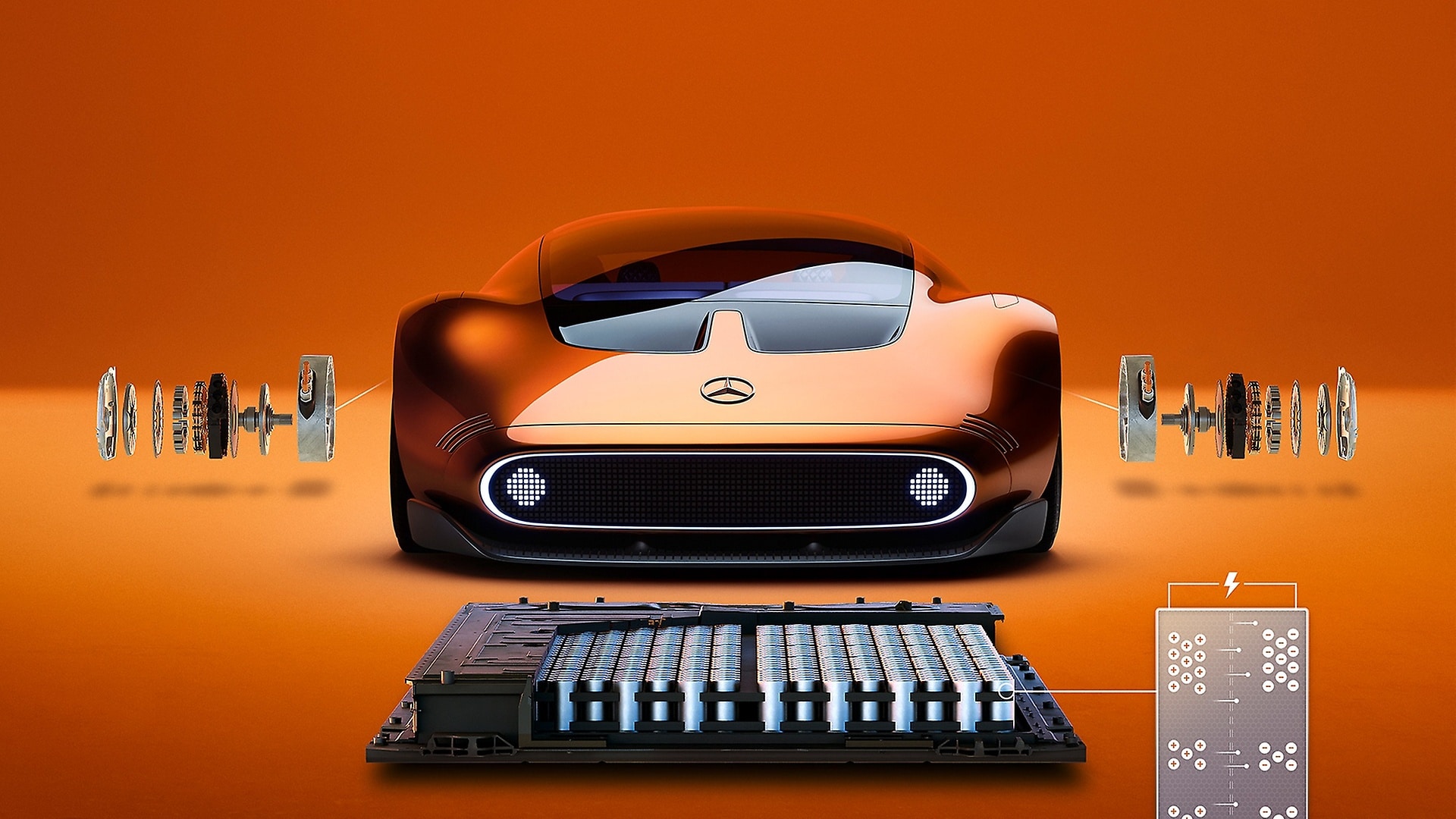June 15, 2023 – Mercedes-Benz presents a new sports car study. The Vision One-Eleven combines a highly dynamic design language with innovative all-electric powertrain technology.
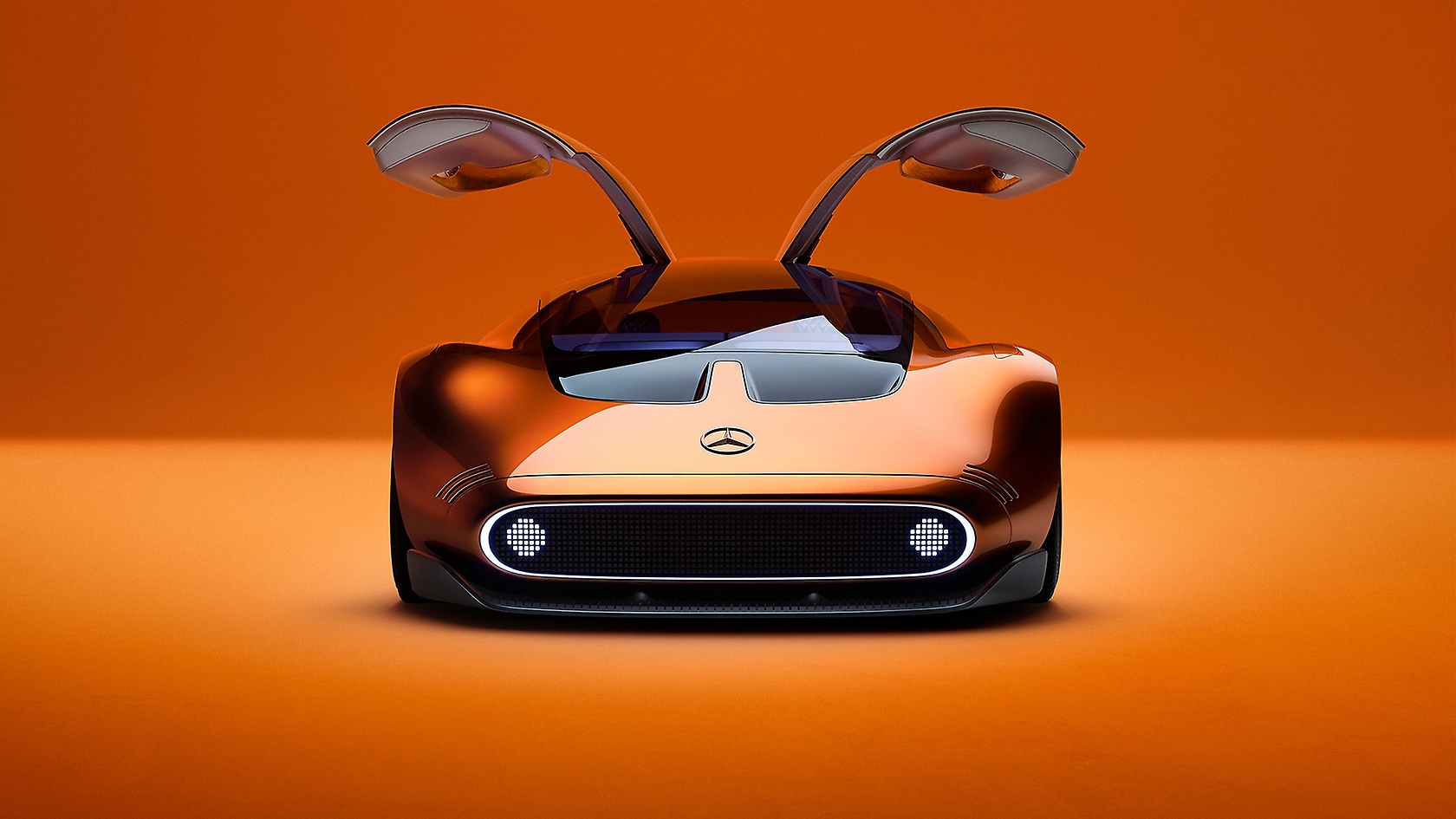,xPosition=0,yPosition=0.5)
Progressive interpretation of a 70s brand icon
Mercedes-Benz AG
Mercedesstraße 120
70372 Stuttgart
Germany
Phone: +49 7 11 17-0
E-Mail: dialog@mercedes-benz.com
Please send queries about content on this website to any contact. You can address your concerns to us in English and your respective national language.
Represented by the Board of Management:
Ola Källenius, Chairman; Jörg Burzer, Mathias Geisen, Olaf Schick, Michael Schiebe, Britta Seeger, Oliver Thöne, Harald Wilhelm
Chairman of the Supervisory Board: Martin Brudermüller
Court of Registry: Stuttgart; commercial register no. 762873
VAT ID: DE 32 12 81 763
All information about our products can be found on your country-specific Mercedes-Benz product page.
,xPosition=0,yPosition=0.5)
Progressive interpretation of a 70s brand icon
June 15, 2023 – Mercedes-Benz presents a new sports car study. The Vision One-Eleven combines a highly dynamic design language with innovative all-electric powertrain technology.
The supercar silhouette is characterised by skilful execution of the signature Mercedes-Benz One-Bow design that is a marker of its 21st century style. The development of this design underscores the positioning of the Mercedes-Benz brand, which stands for ICONIC LUXURY. Its technical highlights include the extremely powerful and highly efficient axial-flux motor developed by electric motor specialist YASA. The British company has been a 100-percent subsidiary of Mercedes-Benz AG since July 2021.
The Mercedes-Benz Vision One-Eleven is inspired by the tradition of the legendary C 111 experimental vehicles from the 1960s and 70s, which were used to test revolutionary Wankel and turbodiesel engines. They were also prototypes for testing polymer-based bodyshells. The extremely (aero)dynamic mid-engine sports cars are considered design icons of their era, not least due to their distinctive gullwing doors and eye-catching orange-and-black paintwork.
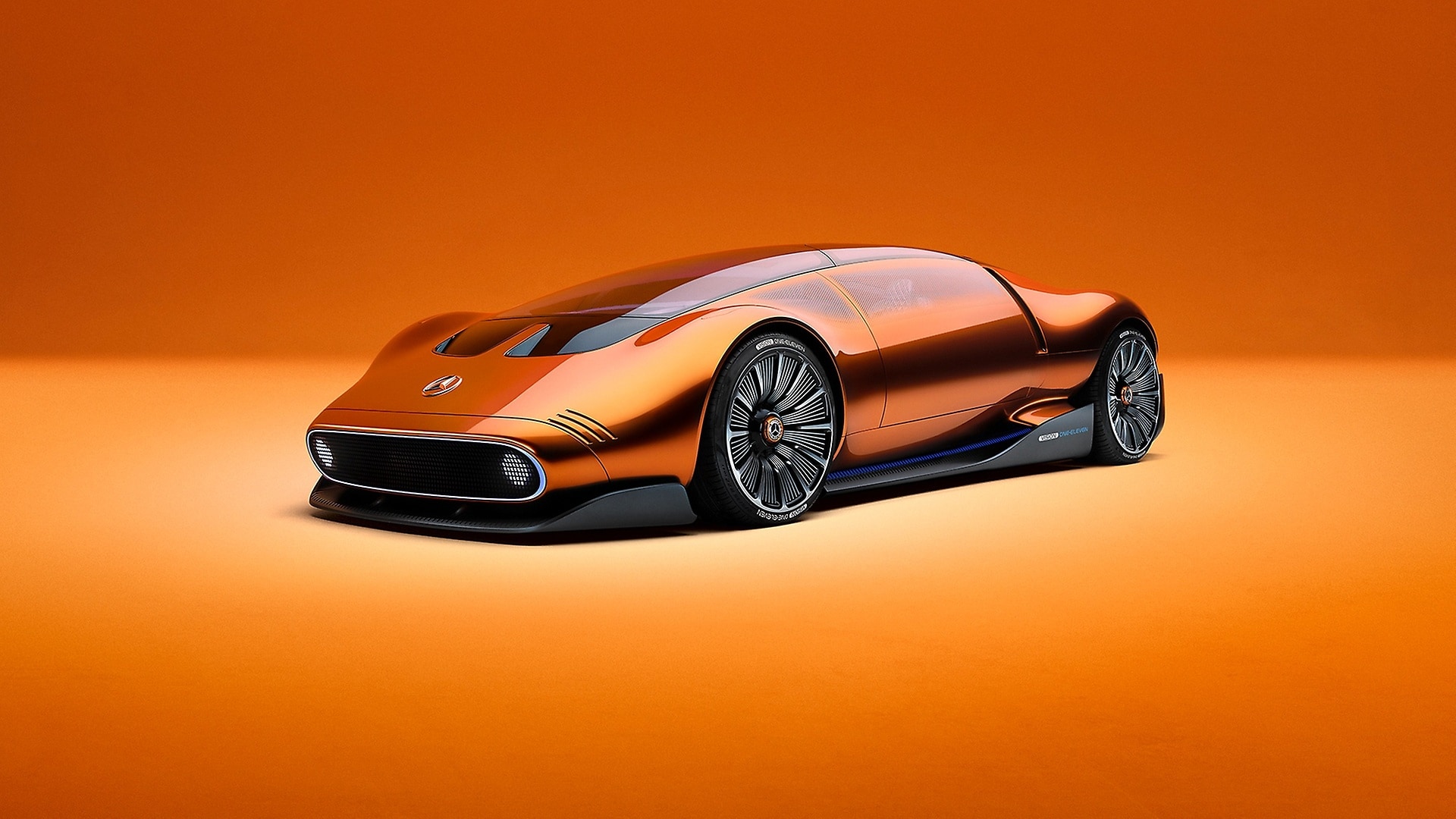
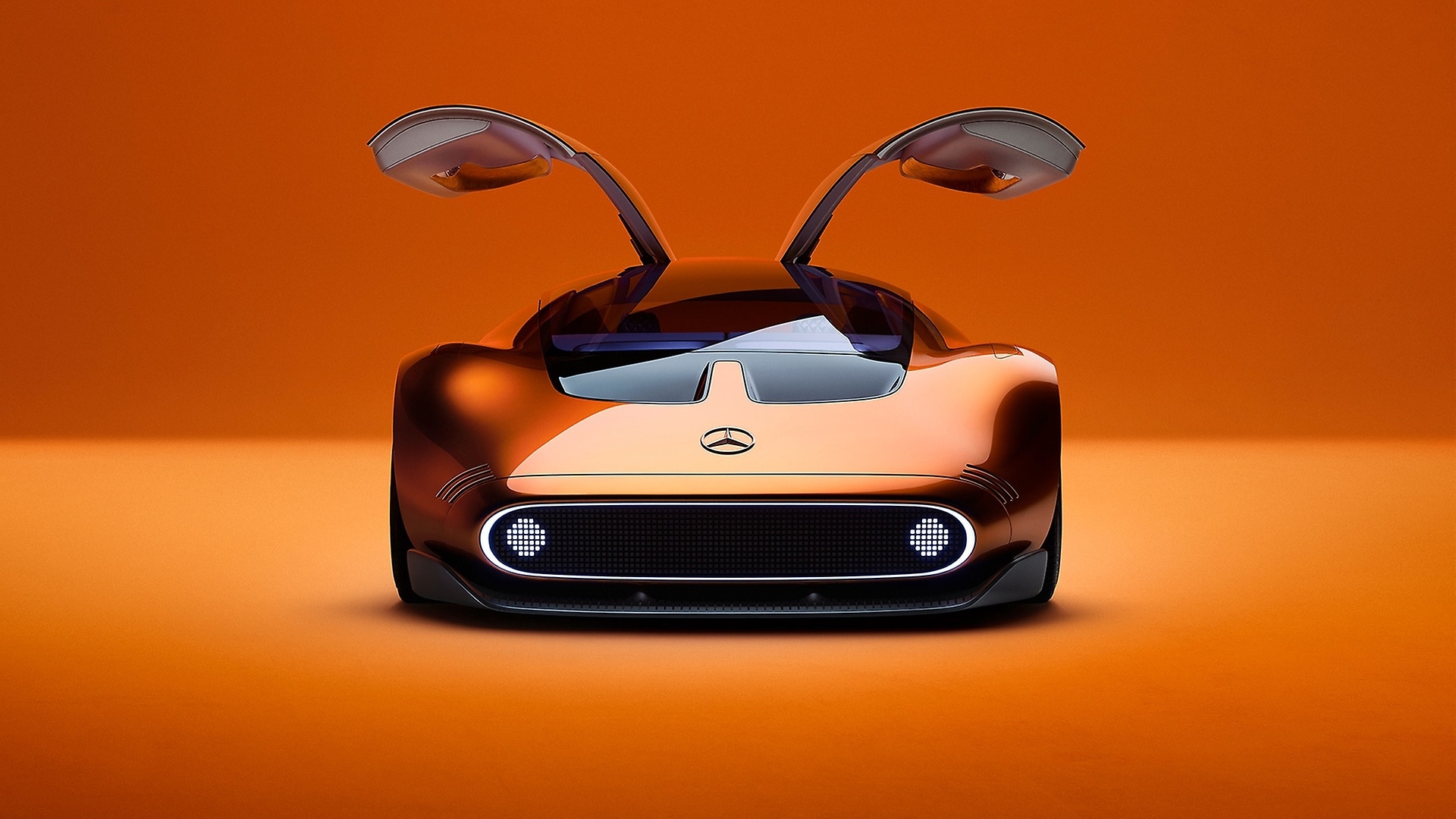

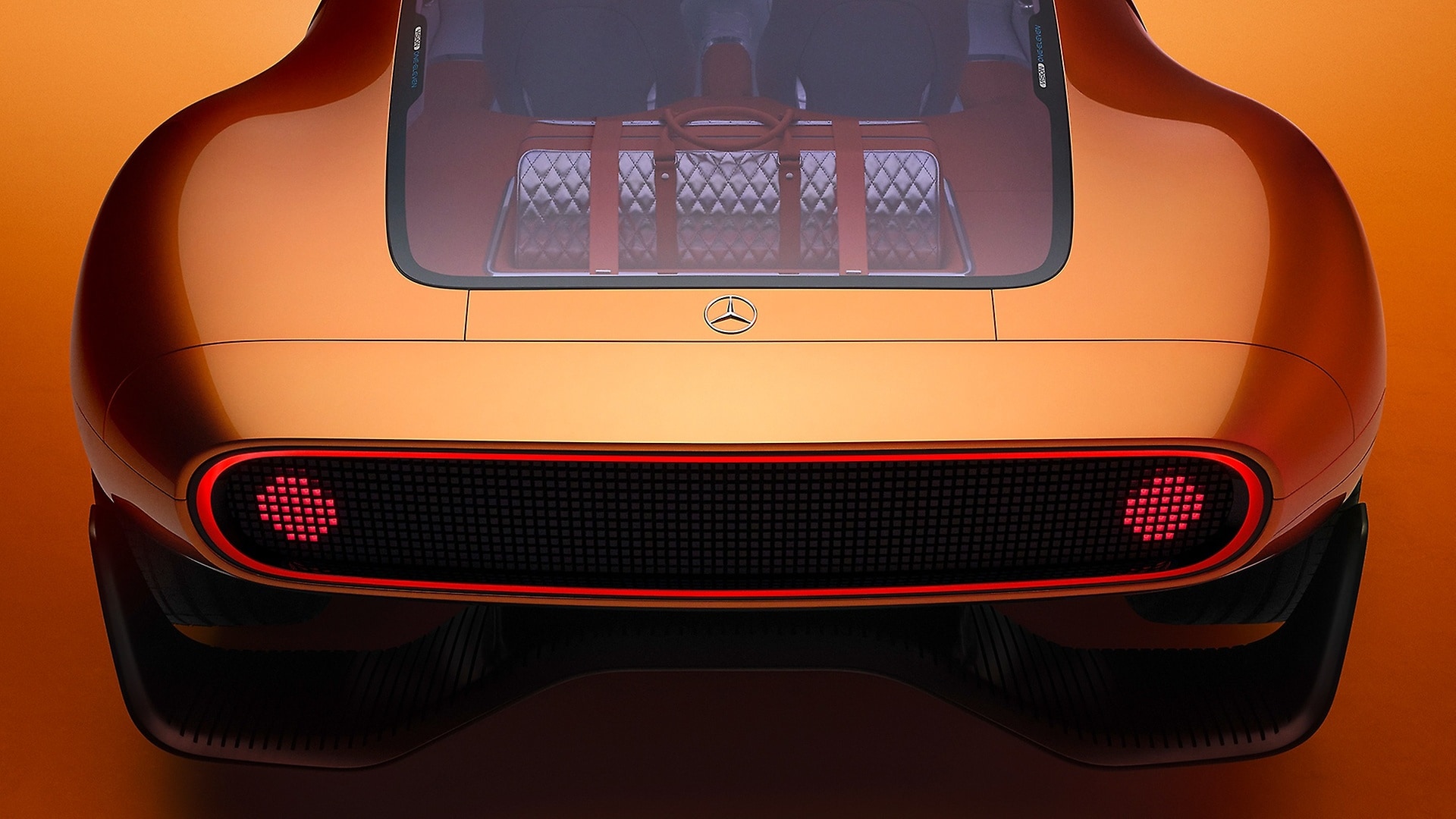
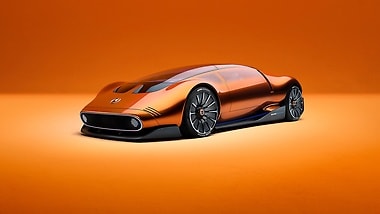

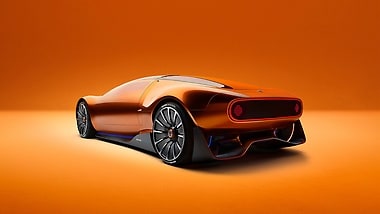
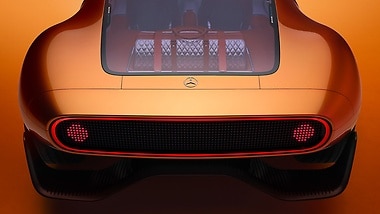
Our goal at Mercedes-Benz is not to do styling – our goal is to create icons. To me, that makes the difference between mainstream design and luxury. Design icons like the Type 300 SL and C 111 – both with gullwing doors – are part of our DNA. These legendary vehicles were major inspirations for the iconic design of the Mercedes-Benz Vision One-Eleven. This is beauty and the extraordinary united in one vision of the future. Our all-electric vision show car is the modern-day interpretation of the C 111, which was avant-garde at the time.
Gorden Wagener
Chief Design Officer

The Mercedes-Benz Vision One-Eleven combines breathtaking design with groundbreaking powertrain technology. Like its historical namesake, it explores new paths for the future of sporting performance. At the heart of the compact and extremely efficient powertrain is the innovative YASA axial-flux high-tech electric motor. It offers a motorsport-like power output from a considerably smaller package. Combined with the liquid-cooled cylindrical-cell battery with Formula-1 inspired cell chemistry, the Mercedes-Benz Vision One-Eleven is yet another proof point for the broad performance spectrum encompassed by our four-pronged development strategy for electric drive.
Markus Schäfer, Member of the Board of Management of Mercedes-Benz Group AG, Chief Technology Officer
The body of the Mercedes-Benz Vision One-Eleven centres on skilful execution of the One-Bow design. From the low-slung front end to the muscular hind quarters, it runs in a smooth bow that endows the just 1,170 mm-high vehicle silhouette with an extremely sculptural feel. Further notable features of the side view include the flush-fit gullwing doors and large-diameter wheels. The wheel design incorporates powerfully structured elements evocative of electric motor windings – a clear indicator of the state-of-the-art, all-electric powertrain underpinning the Mercedes-Benz Vision One-Eleven
From the frontal aspect, too, the Mercedes-Benz Vision One-Eleven is powerfully evocative of the C 111. In detail, however, there are striking differences: One stand-out example is the distinctive front end, which on both vehicles consists of a low-lying rectangular element with rounded ends left and right. On the C 111, this is a closed plastic element with a honeycomb structure, fitted with round foglamps. The corresponding part on the Vision One-Eleven appears very similar at first glance. However, upon closer inspection, it reveals itself as a high-tech feature. The panel is a flexible external display with a 3D pixelated look. It interprets the C 111’s characteristic round lights in digitised form and can also convey messages to other road users.
The rear-end of the Mercedes-Benz Vision One-Eleven is likewise dominated by a powerfully profiled diffuser. Spanning the breadth above it is a display that echoes the shape of its counterpart at the front end and features the same pixelated structure in the red taillights.
Inside, the Mercedes-Benz Vision One-Eleven presents the first sports car interior with a lounge concept. It reflects the paradigm shift from self-driven sports car to autonomous electric vehicle within the super sportscar segment and unites two completely different states of being. In race mode with the backrest upright and the compact driver-oriented touchscreen, the interior becomes that of a minimalist driving machine. Conversely, in lounge mode, the seats are fully integrated into the interior sculpture, which merges sills, centre tunnel and luggage compartment into a single unit.
This creates a whole new, exceptionally airy spatial concept. In contrast to previous mid-engine sports cars, it takes advantage of the compact proportions of electric motors to extend the interior rearwards. Consequently, the lounge-like interior invites occupants to take their time and relax – a completely new approach for the sports car of the future.
The contrast to the modern interior is provided by the slender pixel display spanning the entire breadth of the dashboard, picking up on the form of the front and rear light bands. Here too, the pixel structure is intentionally coarse, which gives the information displayed – such as the current speed – a strikingly bold appearance.

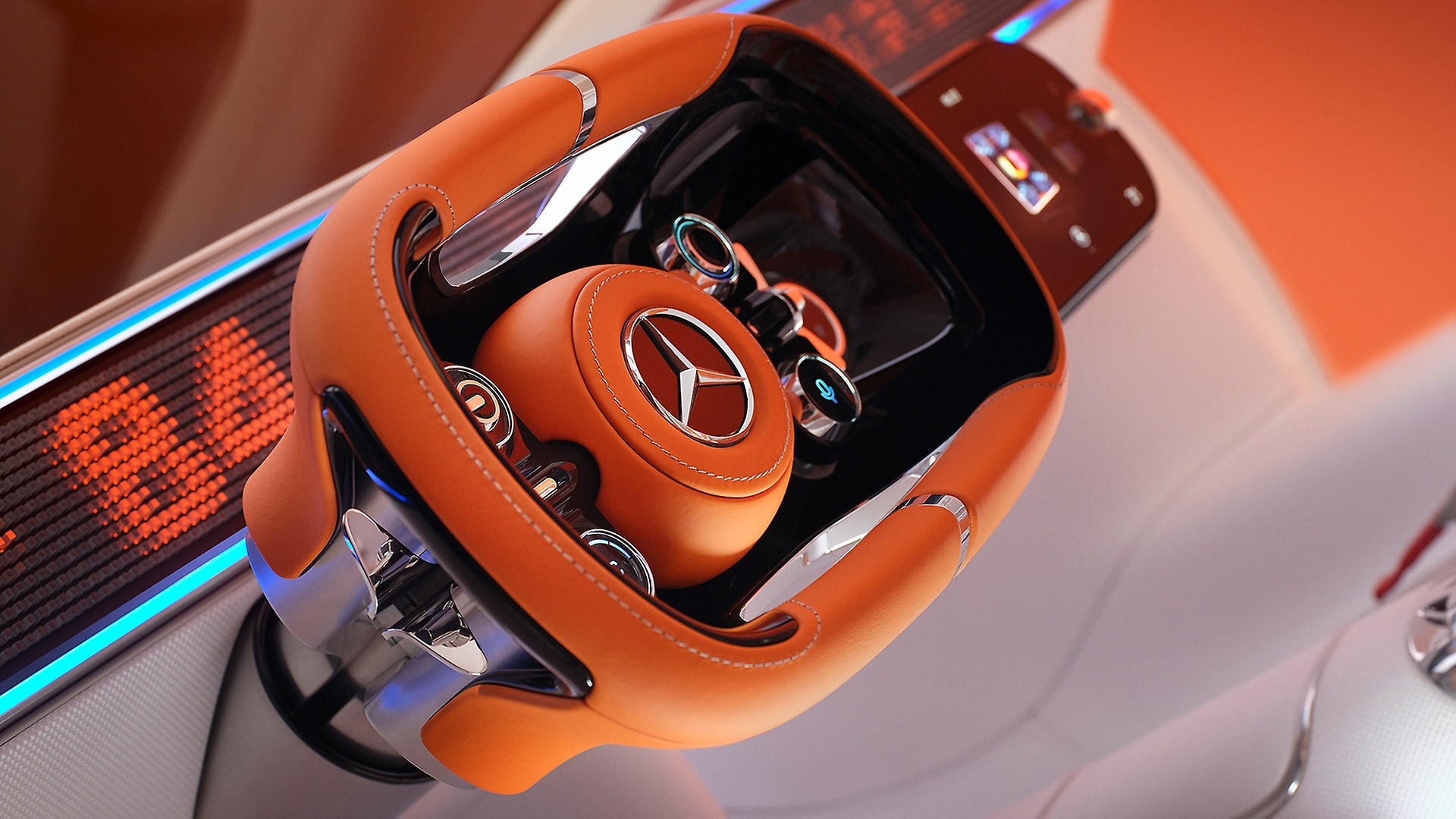
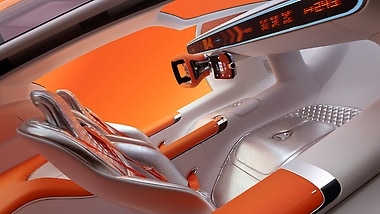
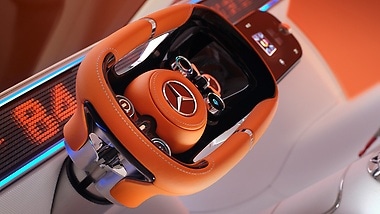
Technology highlights include a new battery concept featuring high-performance liquid-cooled cylindrical cells with a novel cell chemistry. Once more, the extensive knowledge of the motorsport experts from Mercedes-AMG High Performance Powertrain in Brixworth found its way into this promising concept for future performance-oriented batteries. Aside from that, the Vision One-Eleven features two exceptionally powerful and advanced axial-flux motors from YASA. Mercedes-Benz is developing this technology together with YASA to large scale production maturity for its next-generation electric drives. YASA is a British electric-motor specialist based in Oxford and has been a 100-percent subsidiary of Mercedes-Benz AG since July 2021. The company has thus secured access to a unique future technology that has the potential to take electric mobility to a new level of performance.
Alongside its power and torque density, another major benefit is the narrow package, which reduces both its weight and dimensions. The weight of an axial-flux motor is just one third of that of current electric motors with the same power output. At the same time, it requires just one-third of the space occupied by a radial-flux motor. This opens up completely new options for engineers as well as new freedoms in the design of an electric vehicle as demonstrated by the Vision One-Eleven.
The future generation of YASA axial-flux motors will be produced at the Mercedes-Benz Berlin-Marienfelde plant. The motors manufactured there will be at the heart of the forthcoming powertrain for the performance segment.
